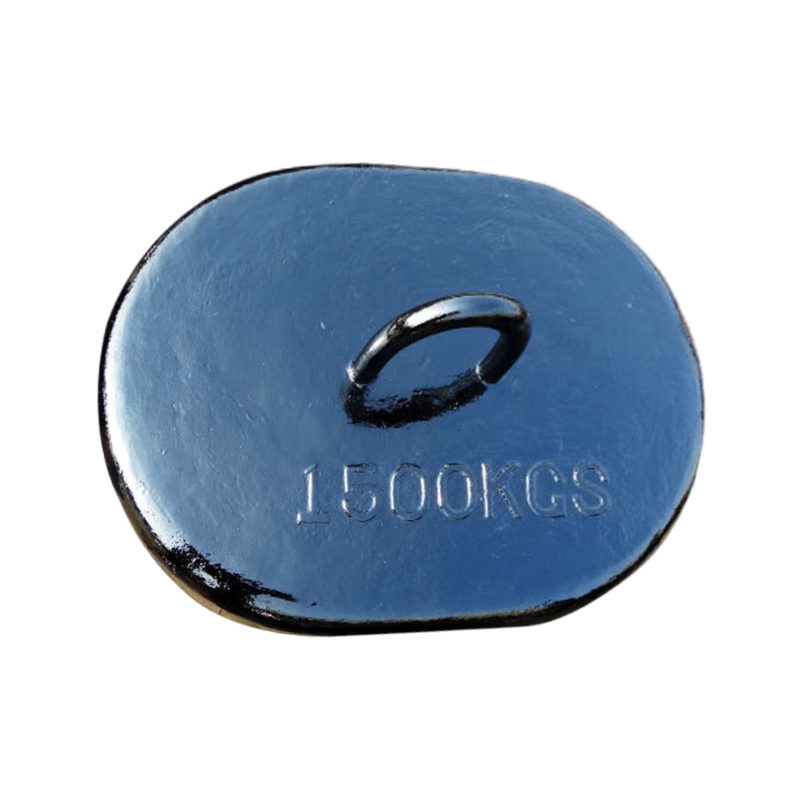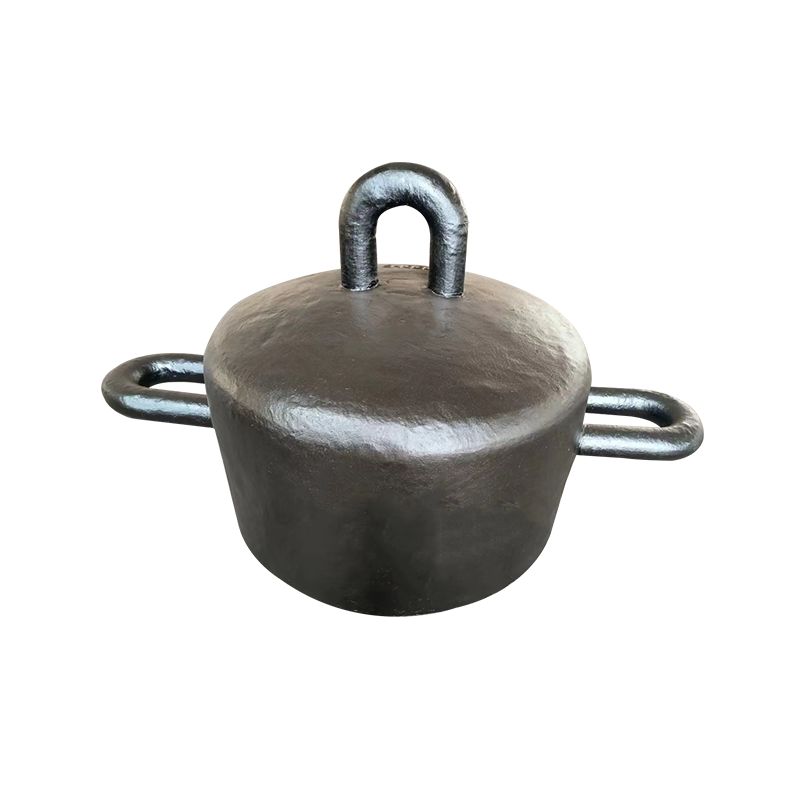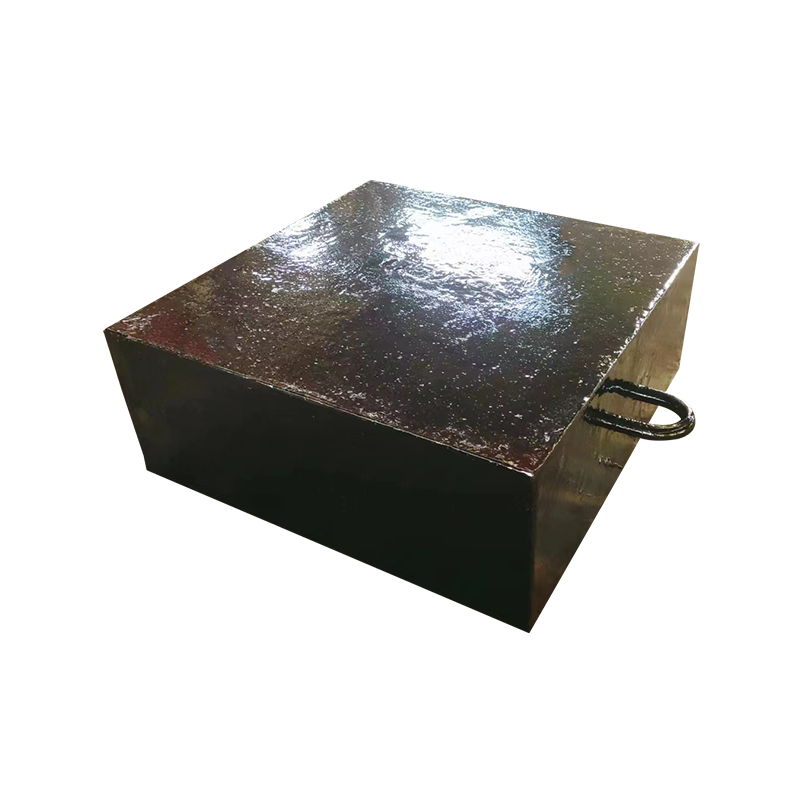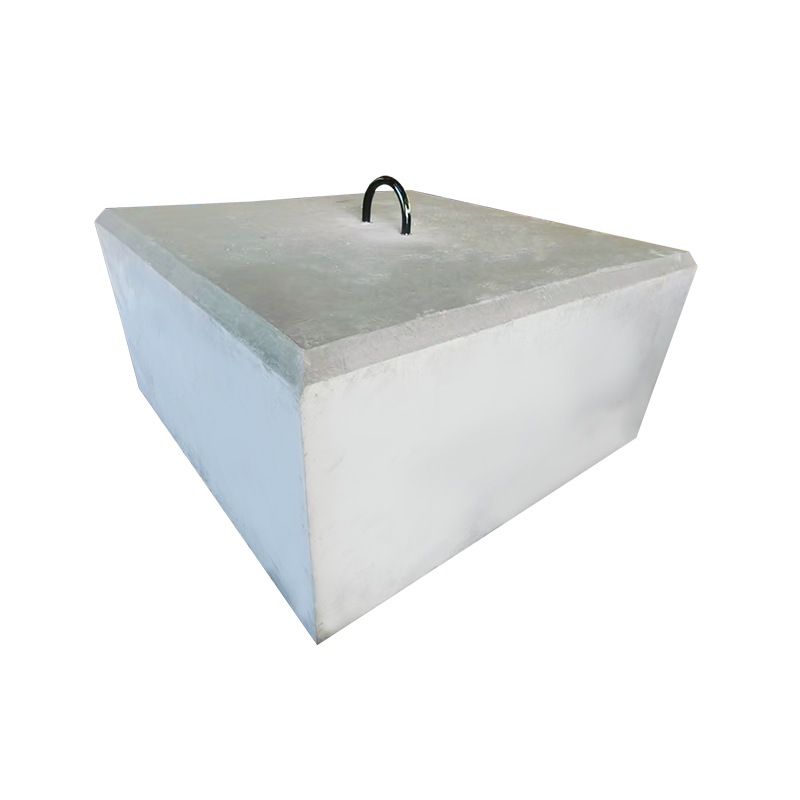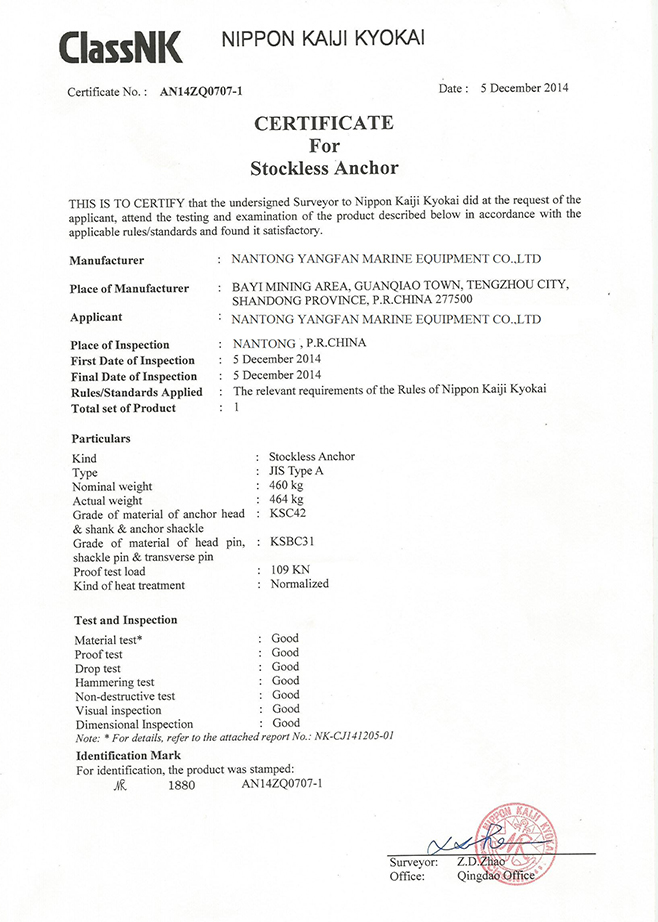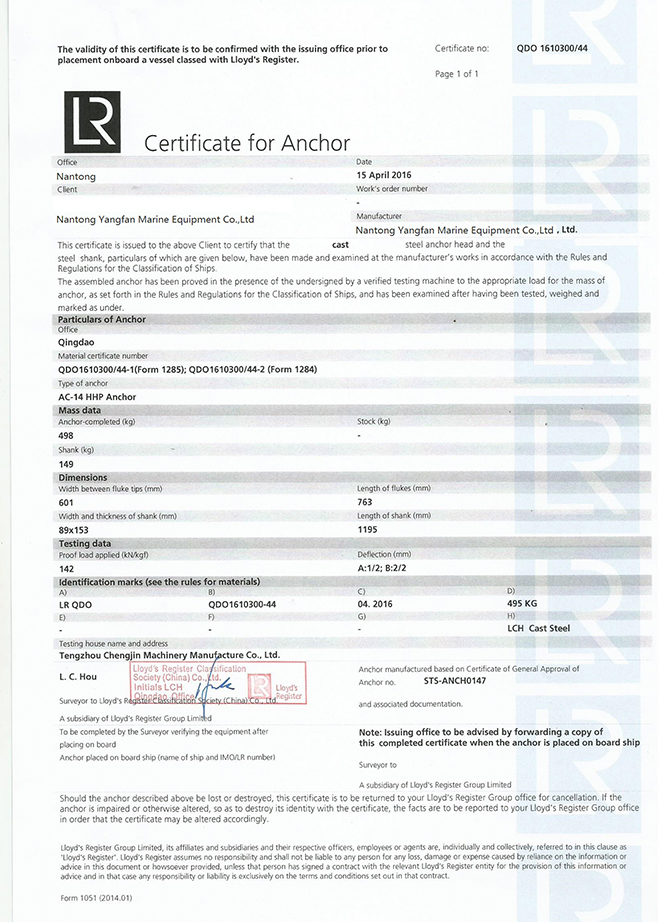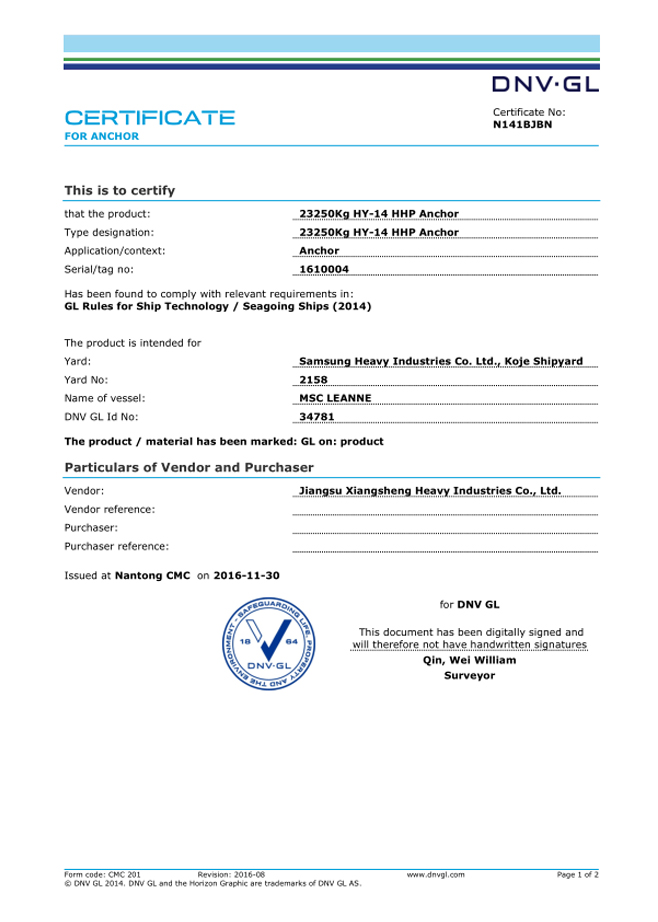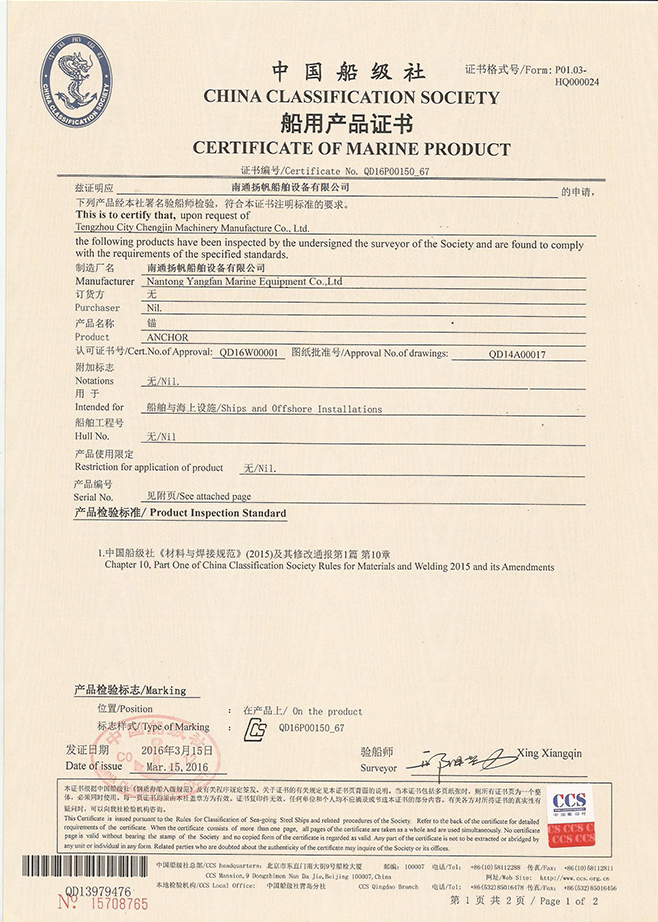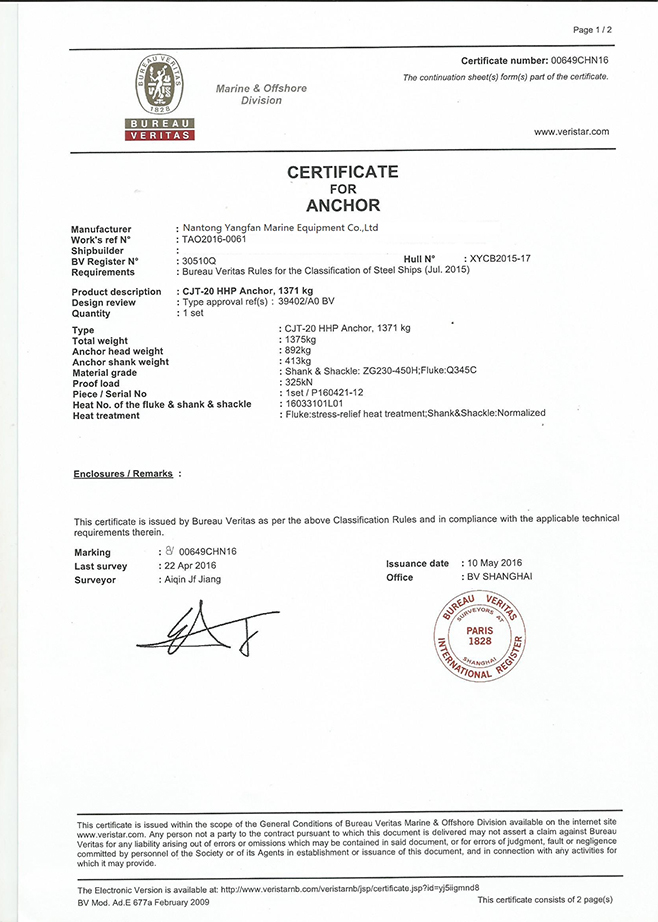What is the working principle and main function of the mooring sinker?
Working Principle Overview
A mooring sinker is a device used to stabilize the position of moored vessels or floating structures in waters such as harbors, docks, and anchorages. Its operating principle is based on a combination of gravity and hydrodynamic equilibrium. By sinking to the bottom and cooperating with anchor chains or cables, it secures and stabilizes the vessel. In use, the device typically consists of a main body, connectors, cables or chains, and necessary buffer structures. When a vessel is subjected to external forces such as tidal currents, wind, or waves, the mooring sinker resists displacement through its own weight and friction with the bottom. It also dissipates the impact force through hydrodynamic forces, thereby maintaining the vessel's stability within its designated position.
Gravity and Friction Mechanism
The core stabilizing force of a mooring sinker comes from a combination of gravity and friction. Typically constructed of dense materials such as steel, concrete, or composite metals, the sinker's weight creates a stable fulcrum on the bottom. Furthermore, friction generated by the bottom of the sinker in contact with the bottom offsets some of the horizontal pull, preventing the vessel from drifting when impacted by wind and waves. The balanced combination of gravity and friction enables mooring sinkers to maintain effective anchoring even during long mooring periods.
Hydrodynamic Dispersion and Buffering Design
In addition to gravity and friction, mooring sinkers also utilize hydrodynamic principles to disperse external forces. For example, some models feature streamlined or porous structures to create a controlled hydrodynamic distribution as water flows through the device, reducing direct impact on the vessel. Furthermore, buffer components may be installed between connecting cables or anchor chains to absorb some of the transient impact and reduce the overall peak force on the mooring system. This buffering effect can extend the life of the mooring system and reduce maintenance requirements for vessels moored for extended periods.
Main Function - Anchoring and Positioning
The most basic function of a mooring sinker is to secure the vessel's position. Working in conjunction with anchor chains and cables, it maintains the vessel at its designated mooring point despite varying currents, wind direction, and wave conditions. Compared to traditional single anchoring devices, mooring sinkers can provide more stable anchoring in certain water conditions and are particularly suitable for use in diverse bottom conditions such as soft mud, sand, or rock. Their positioning function not only ensures vessel safety while moored but also facilitates subsequent loading and unloading operations, maintenance, and sailing preparations.
Main Function - Reducing Displacement and Drift Risk
While mooring, wind, waves, and tides pose a constant risk of displacement. Mooring sinkers, through their structure and weight, reduce the likelihood of drift, allowing the vessel to maintain a relatively stable mooring position even under strong external forces. This function is particularly important during cargo loading and unloading, maintenance, or personnel embarkation and disembarkation, as the stability of the vessel's position directly impacts operational safety and efficiency.
Main Function - Load Sharing in the Mooring System
In a multi-point mooring system, mooring sinkers serve not only as anchors but also as load-sharing nodes. When the vessel is subjected to external forces, mooring sinkers absorb and distribute some of the tension, reducing the stress on the main anchor and other mooring points. This force distribution extends the lifespan of the entire mooring system and reduces the risk of equipment damage due to overload. This feature is particularly critical when mooring large vessels or floating platforms.
Main Function - Adaptability to Various Bottom Environments
The bottom geological conditions vary significantly across different ports and waters. Mooring sinkers can adapt to various bottom conditions, including muddy, sandy, pebbly, or rocky, through different structural designs and material choices. On muddy bottoms, the device's larger bottom surface increases friction; on hard bottoms, it relies on weight and bottom structure for stability. This adaptability ensures that the mooring sinker can function effectively in various operating environments.
Main Function - Maintaining Ship Safety and Operational Efficiency
Mooring sinkers are not only physical anchors but also indirectly impact ship operational efficiency. Loading, unloading, maintenance, and refueling operations performed in a stable state can reduce safety risks associated with ship movement. Furthermore, a stable mooring reduces wear on equipment and hull components, reducing maintenance costs. For ships moored for extended periods, this stability improves the living and working conditions of the crew.
Flexibility in Application Scenario
Mooring sinkers can be used in a variety of scenarios, including offshore floating platforms, port cargo vessels, engineering vessels, and oceanographic research vessels. Their flexible adaptability makes them practical for various types of vessels and operating environments. In some projects, mooring sinkers can even be combined with other underwater anchors to form a composite mooring system to meet even higher stability requirements.





 English
English 中文简体
中文简体
